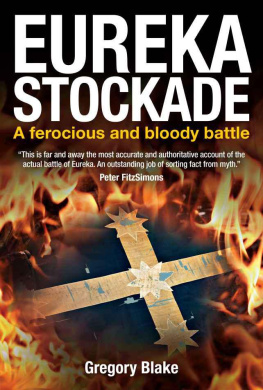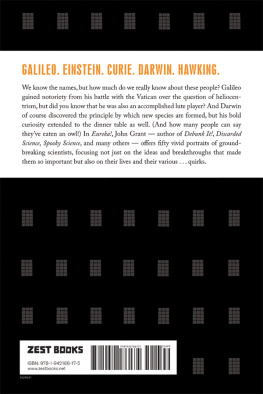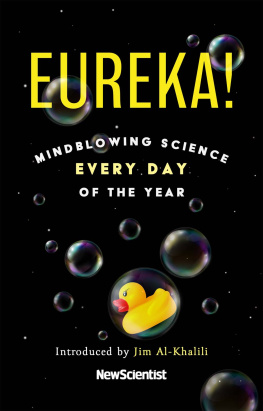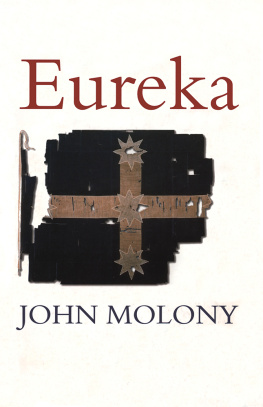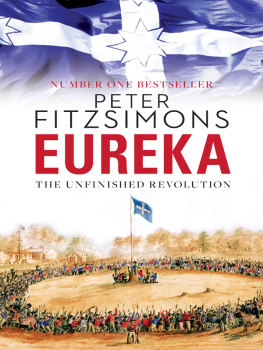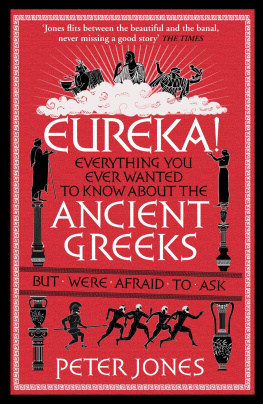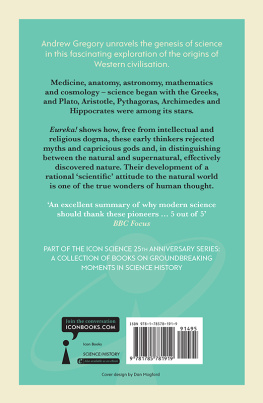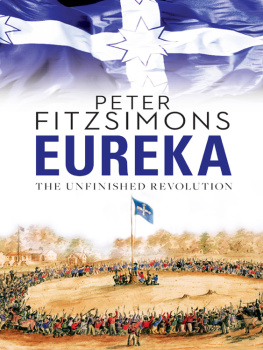| Eureka Stockade a Ferocious and Bloody Battle |
| Bio [175] |
| Gregory Blake |
| Big Sky Publishing (2012) |
|
This is far and away the most accurate and authoritative account
of the actual battle of Eureka. An outstanding job of sorting fact
from myth. Peter FitzSimons.
Eureka Stockade: A ferocious and bloody battle, is the epic account of the battle for the Eureka Stockade, an iconic moment in Australian history. On the chilly dawn morning of 3 December 1854 British soldiers and police of the Victorian colonial government attacked and stormed a crudely-built fortification erected by insurgent gold miners at the Eureka lead on the Ballarat Gold Diggings. The fighting was intense, the carnage appalling and the political consequences of the affair profound.
This book, for the first time, examines in great detail the actual military events that unfolded during the twenty minutes of deadly fighting at Eureka. Many of the old assumptions about what occurred that day are turned on the heads, raising in their places provocative questions. Were the intentions of the Eureka diggers as pacific as tradition insists? How was it that men supposedly poorly armed and taken completely by surprise in their sleep were able to deliver sharp and well directed fire on their attackers? How close, in fact did the assaulting infantry come to failing in their task, and why has the pivotal part played by the police in the battle been ignored in every retelling of the Eureka story? Why have the Americans, who played a decisive part in the defence of the stockade been all but ignored?
The author argues convincingly that Eureka was not a wanton massacre of innocents, as it has been portrayed. Rather it was a hard fought military engagement. Eureka was a decisive moment in Australian history and in this book it comes alive in a rousing and original manner.


www.bigskypublishing.com.au
Copyright Gregory Blake 2012
First published 2012
Copyright remains the property of the authors and apart from any fair dealing for the purposes of private study, research, criticism or review, as permitted under the Copyright Act, no part may be reproduced by any process without written permission.
All inquiries should be made to the publishers.
Big Sky Publishing Pty Ltd
PO Box 303, Newport, NSW 2106, Australia
Phone: | 1300 364 611 |
Fax: | (61 2) 9918 2396 |
Email: | info@bigskypublishing.com.au |
Web: | www.bigskypublishing.com.au |
Cover design and typesetting: Think Productions
National Library of Australia Cataloguing-in-Publication entry (pbk.)
Author: Blake, Gregory, 1955
Title: Eureka Stockade : a ferocious and bloody battle / Gregory Blake.
ISBN: 9781922132048 (pbk.)
Notes: Includes bibliographical references.
Subjects: Eureka Stockade (Ballarat, Vic.)History. VictoriaHistory1851-1891.
Dewey Number: 994.57031
National Library of Australia Cataloguing-in-Publication entry (ebook)
Author: Blake, Gregory, 1955
Title: Eureka Stockade [electronic resource] : a ferocious and bloody battle / Gregory Blake.
ISBN: 9781922132055 (eBook)
Notes: Includes bibliographical references.
Subjects: Eureka Stockade (Ballarat, Vic.)History. VictoriaHistory1851-1891.
Dewey Number: 994.57031
CONTENTS
This book is dedicated to:
Albert Long 1939-2007.
Teacher, colleague, Australian history enthusiast and a great mate.
ACKNOWLEDGEMENTS
A narrative such as this could not exist without contributions by many people. It is therefore appropriate to acknowledge here those who assisted in my quest to discover the actual story of the fight for the Eureka Stockade.
Thanks must go in particular to military historian and good friend Peter Williams, for his encyclopaedic knowledge of the military milieu, never tiring eye for detail, razor sharp critique, and consistent encouragement to keep at the task. In a similar manner James Larkin and Paul Johnson provided valuable critique of early drafts. Specific details of military life during the mid nineteenth century would have remained mysteries if not for the knowledgeable contributions of Lance Caldwell, Gordon Findlay MacKinlay, Tim Pickles, and William Curtis.
Investigating the importance of the part played by the Americans, particularly the Californians, at Eureka would not have been possible without the timely advice of Robert Burke of Antioch California. The leads Robert provided opened up sources in the United States that were to be of inestimable value. Likewise, the kindly assistance provided by Rick Sherman of the Californian Genealogical Society in Oakland, California, and Pat Keats at the library of the Society of Californian Pioneers in San Francisco, proved to be of immense assistance. Appreciation must also be recorded for the consideration shown by the staff at the San Francisco National Historical Park, J. Porter Shaw Library.
The genuine interest shown in the project by John Lewis of the Sovereign Hill Museums Association, Ballarat, was of great assistance. The kindness shown to me by Jan Croggan, Senior Historian of that Association, and Roger Trudgeon, Curator and Deputy Director of the Gold Museum in Ballarat, was to prove invaluable. It was a pleasure to spend time on the telephone with Mary Akers, tapping into her intimate knowledge of Ballarat during the gold rush era. The personal anecdotes of Anne Lewis, who as a child played among the old tracks and mines of Black Hill, also added to my appreciation of the setting of the events at Eureka.
Catherine Green, Archivist at the Australasian College of Surgeons, provided friendly, prompt advice and service when I was hunting for forensic details of wounds caused by black powder weapons. Peter Bennett must also be acknowledged for the research work he did at the British National Archives. Finally, it would be remiss not to recognise Anthony Vidot and Phyllis Hall, without whose linguistic skills the meaning of the frequent digressions by Rafaello Carboni into languages other than English, both modern and archaic, would have remained forever obscure. To each and every one of these people go my heartfelt thanks, for without you this history would not have been possible.
INTRODUCTION
The ground was damp underfoot and a night chill hung in the air as a marching column of soldiers silently halted behind a low hill. Somewhere close by, out to their front and hidden by the hill and the pre-dawn darkness, was their foe. It was just before dawn on Sunday 3 December 1854.
Without a word being spoken, the soldiers briskly moved into long-practiced formations. To the front went the skirmishers, careful to maintain the prescribed distance between them as they established their line. A little further back others closed up into more compact ranks, prepared to wait their moment in the coming affray. As the soldiers settled, they loosened the latches on their cartridge boxes for ease of access when the action began. For the same reason, the more experienced among them tucked loose cartridges into the waistline of their trousers. Shadowy shapes passed to the right and left of the infantry as mounted police and soldiers moved out to each flank. Officers on horseback trotted up and down ensuring all was as it should be. The lines stood still as they awaited the order that they knew must come. Despite the pre-dawn darkness a magistrate accompanying the soldiers could see a flag fluttering somewhere close ahead.

